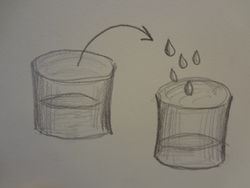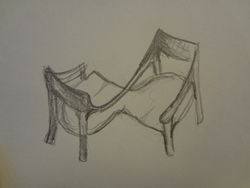atom11:Healy
Contents |
Core Feedback
According to Mr. Healy, cataloguing the affordances of the environment is an act of abstraction. The power of the work of Peter Zumthor, Steven Holl or Daniel Libeskind lies in their ability to create an extra architectural concept, an idea that organizes and validates the following design decisions. One way of approaching this task is to absorb the spatial facts of the site and take a position based on these facts. Libeskind’s Jewish Museum succeeds in this respect because the concept of the design is so closely related to way in which the Jews were living in Berlin at the time they were taken from their homes. In this way, Libeskind validates his concept for the form of the building and maps the horror of events in one gesture.
"the most profound experience of intimacy is that we are born into well being"
Suggested References
Professor Healy was kind to recommend these works to us, and will we continue to read and incorporate our findings into our projects.
The Poetics of Space by Gaston Bachelard
(to provide a topological analysis of intimacy)
Landscape and Memory by Schama
THe Hidden Dimension by T.D. Hall
(A look into the distances that separate people)
Footprint Online Journal - Article on Japanese Gardens
Anecdotes
Intimacy, as we define, is influenced by a western understanding of the term, dealing with the close relationship of one entity to another. From here we can begin to discuss the broad topic of intimacy in a focused way. Through the works of Bachelard, Schultz and Alexander, we have developed a certain knowledge about how the idea of intimacy is deeply rooted to our relationship with the natural environment.


Reactions
Abstraction or not, the research methodology we have employed has resulted in a database of information from which we can draw certain concrete conclusions about how humans experience their environment. The question of an “extra architectural concept” will be an integral part of how we proceed in Phase II.